Hazard Perception Video Advice
Below is a video on how the Hazard Perception part of the Theory Test is scored. It also shows examples of what hazards to look out for.
Below is a video on how the Hazard Perception part of the Theory Test is scored. It also shows examples of what hazards to look out for.
The Video below shows what happens during the test.
A common question I get asked is “Can i use my own/parents car to take my driving test?”
The answer to this question is – “It depends on the car”.
The car required to take a driving test must meet the correct requirements as specified by the DVSA.
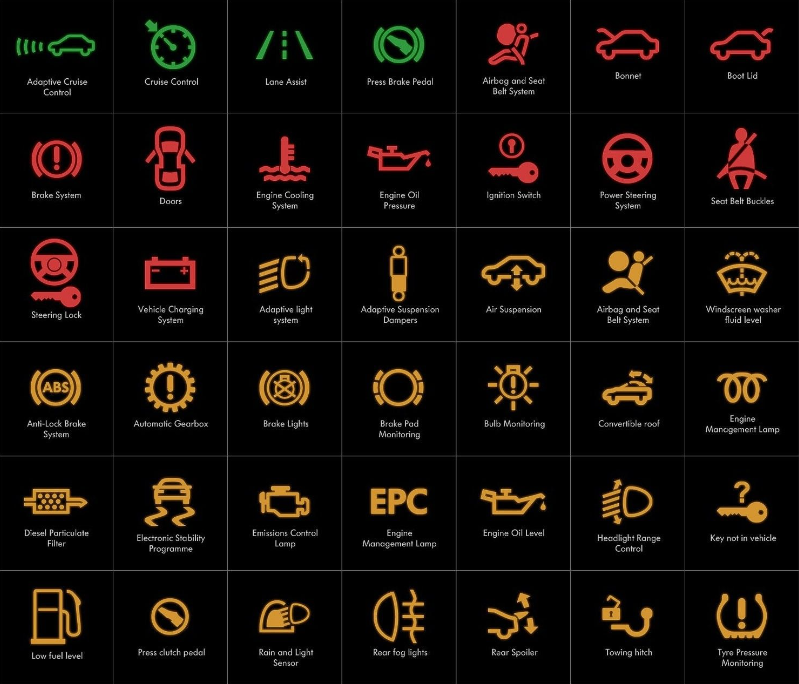
Make sure you know the warning lights you car can display and what they mean. Orange/Red warning lights will prevent you car being allowed on a test. ie Tyre Pressure warning light, Airbag Warning, ABS light or Engine management light etc.
You will also need to demonstrate you have some basic knowledge of certain car checks (These can be found on the download section of this website)
For full details on using your own car for a UK driving test, please checkout the DVSA website here
Below is a quick guide on how to go about getting your full Catagory ‘B’ (Car) Driving License.
To Learn to drive you will need to be in possession of your Provisional Driving License and also meet the UK eyesight requirments for driving. You can apply for this from the GOV.UK/DVLA
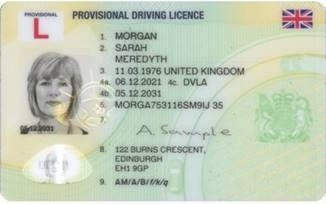
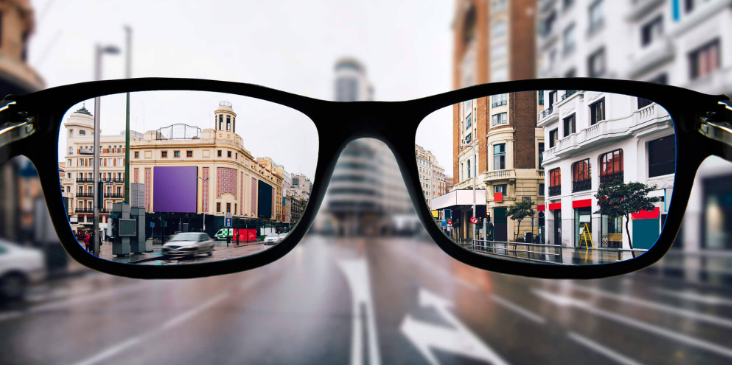
Once you have met the criteria, you need to start learning your driving theory and find yourself a qualified driving instructor (ADI). They will then book you in for your practical lessons. Most Driving instructors will Teach you in their tuition car, which you will then go on to use to take your Practical Driving Test once you have mastered eveything.
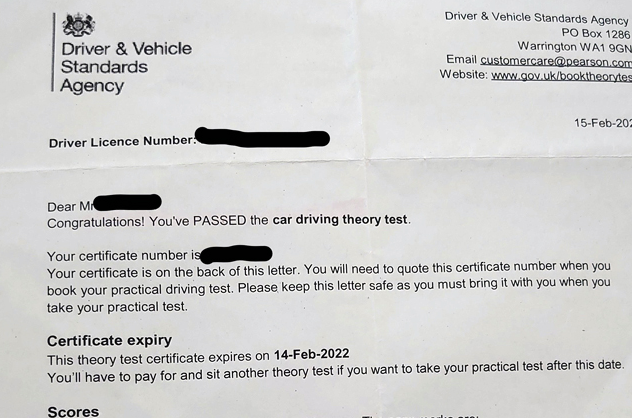
Before you can Book and take your Practical driving test, you must first Book, take and Pass your Driver Theory Test. This will be taken at a local DVSA Theory test centre and currently costs £23.00. The theory test is made up of two parts. A section of Multiple Choice Questions and then a series of Hazard Perception Videos. You need to pass both parts on the same day to pass the theory test.
As you continue your practical lessons with your instructor, they will continually assess your driving to establish your readyness for the practical test. (The DVSA suggest that around 44hrs of tuition is required to reach the driving test standard). Your instructor will advise you on when to book your driving test. The driving test currently costs £62* (payable to the DVSA when you book). You will also need to pay your instructor if you are using their car for the test. Our standard test booking is a 2hr session (Currently £68* for local test centres) *Subject to change.
On the driving test day. You will drive to the Test Centre with your instructor in their car and park up in the car park.
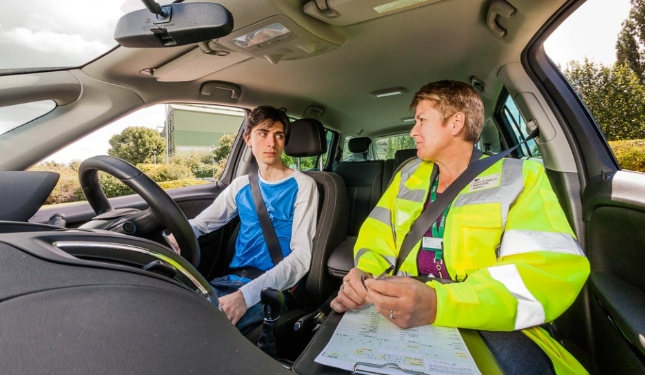
At the test time the examiner will meet you and check the documents you have brought with you (Your Provisional license and any other requested documents from the DVSA). They will then check your eyesight meets the requirments and escort you to the car. They will then explain more about the test and ask you to drive off when ready. The Driving test lasts around 40mins. During this time you will demonstrate the safe driving and routines you have been taught by your instructor. At the end of the drive you will be told if you have Passed or Failed the test. The examiner will give feedback about your drive so that this can be worked on moving forward with any further training you may need.
When you pass your test, you can submit your provisional license to the examiner who will send it back to the DVSA and a Full Driving License will be sent back to you in the post.
You can now drive unaccompanied as long as you are correctly insured for the vehicle you are driving.